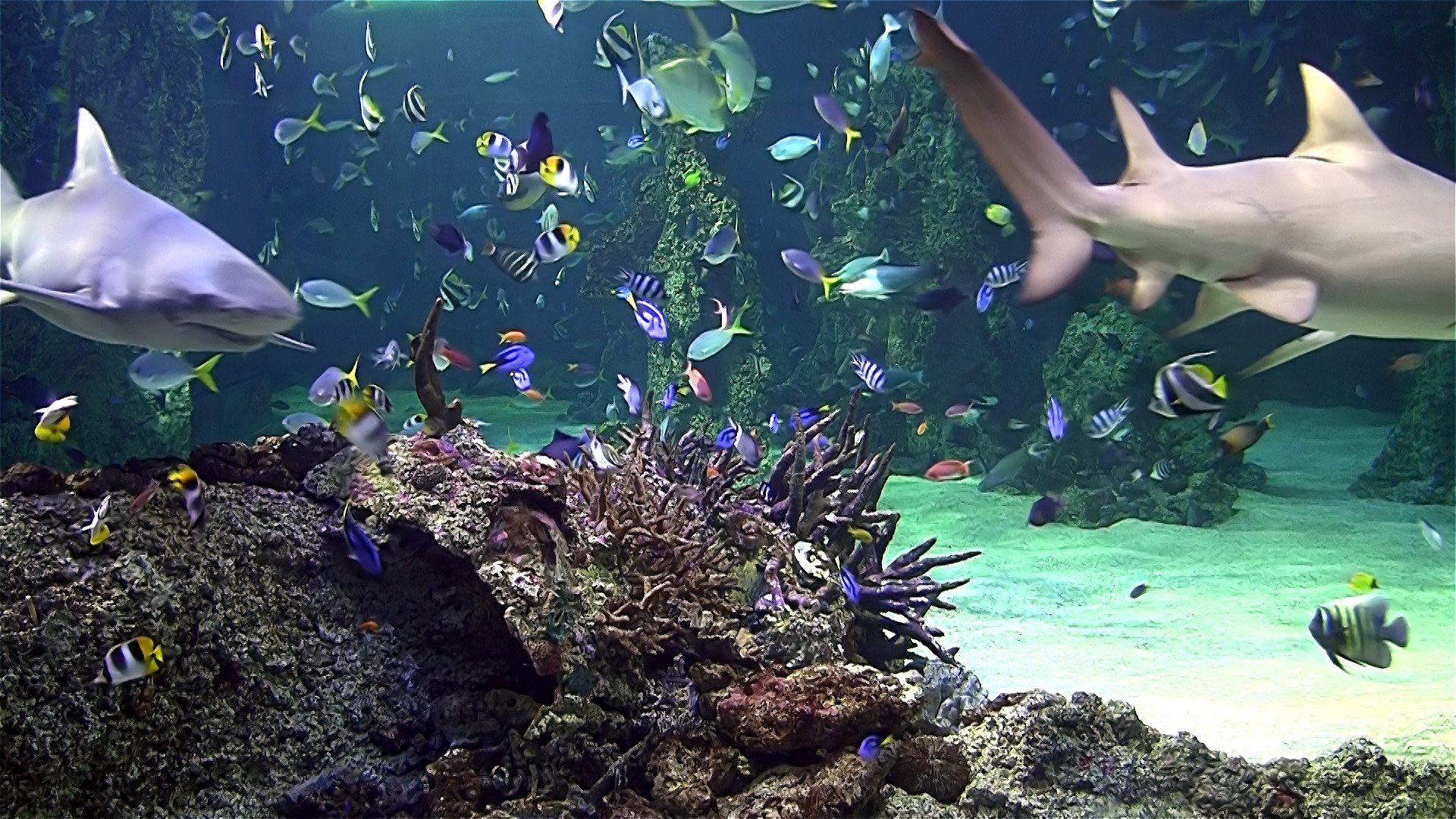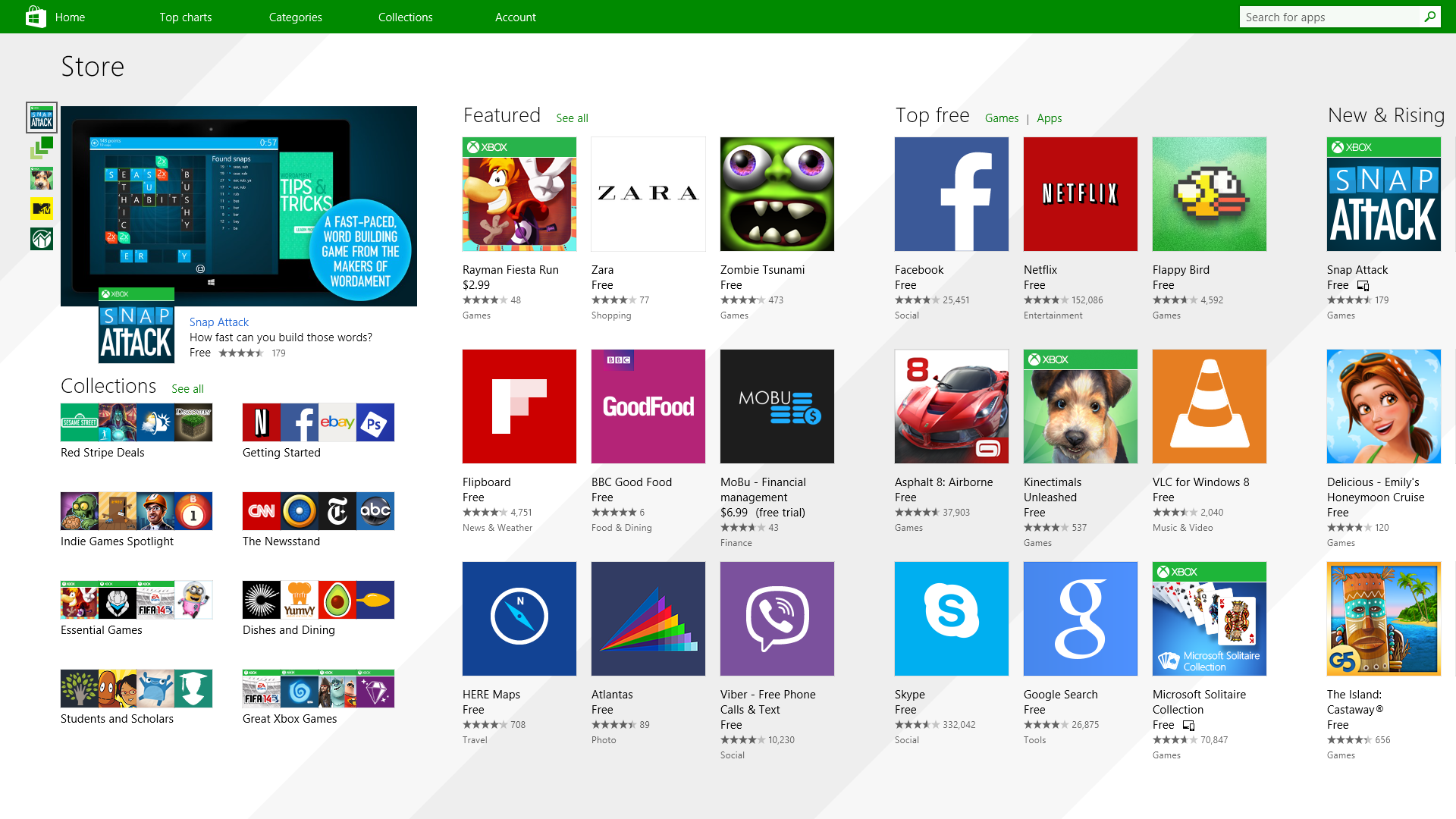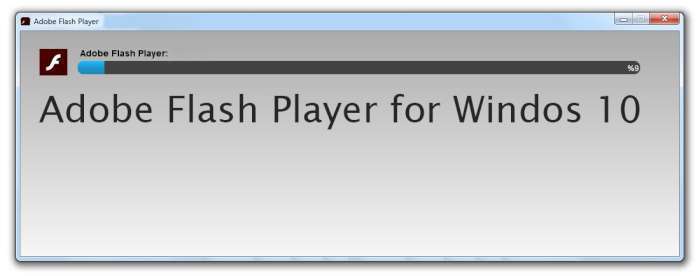You'll need a Windows license to install Windows in a virtual machine. If you already have a product key, you can downloadWindows installation media for freeand install it in a virtual machine program. What about Boot Camp, Apple's long-standing option for running a Windows system on a separate partition on an Intel-based Mac?
Boot Camp still exists, but Apple has effectively stopped supporting it. And Boot Camp has a major inconvenience; you have to shut down your macOS system and restart it every time you want to run Windows. There's no integration between macOS and your Windows partition, either.
Boot Camp won't let you run a Mac app and a Windows app at the same time or transfer files between systems quickly, for example. If you have an Apple Silicon Mac, don't even think about Boot Camp. Boot Camp doesn't allow you to easily transfer content between OS X and Windows partitions like virtual machines do, and you can't run the two operating systems simultaneously. But it does give Windows full access to the processing power of your Mac.
It's also completely free , and a shared Dropbox / Google Drive / OneDrive folder can make data transfers a bit easier. New, modern versions of the desktop applications, Word, Excel, PowerPoint, Outlook, and OneNote, are built for maximum productivity. You'll have access to your docs in the cloud whenever you need them. And with your documents stored online, it's easy to get your team on the same page.
Just share, present and work together on projects with built-in team collaboration tools across the suite. Most people will probably be happiest going for a virtual machine program and a Windows license. With CrossOver, you don't need to run a Windows virtual machine—but, if you do run a Windows virtual machine, you'll be able to run almost any Windows program with less risk of bugs. CrossOver does theoretically allow you to run Windows PC games on a Mac with better performance than you'd get in a virtual machine, but you'll risk running into bugs and unsupported programs.
Regardless of whether you choose Parallels or VMWare, set aside about 20 minutes to install Windows and 30GB or more of disk space on your system. Both Parallels and VMware Fusion let you create a virtual system by cloning an existing desktop system across a network, but it's a lot simpler to install a fresh copy of Windows. Users of Intel-based Macs can download the standard Windows ISO file from Microsoft and rely on Parallels or Fusion to install Windows correctly from there. M1 Mac users must register for the Windows Insider Preview program and download the ARM version of Windows 10.
Only Parallels supports the ARM version, but it has no trouble configuring your Windows VM with that version on an Apple Silicon Mac. Parallels recently announced support for Windows 11 on M1 Macs, but again, for the ARM version only. If you want to run complex software such as the Windows version of Excel or any high-end game, then you need to set up a virtual Windows system, sometimes known as a virtual machine .
You can run this virtual system entirely inside a macOS app. The VM behaves as if it's running on real hardware with a real hard drive; it just runs a bit slower than a Windows system running on physical hardware. The reason for the slower performance is that this method requires you to run an entire Windows system in the background in addition to the app you want to use. If you wish to run both macOS and Windows on a single Mac computer, UITS recommends using Apple's Boot Camp utility to install Windows 10 on your Intel-based Mac.
If you have an Intel-based Mac, your best choices for installing a virtual Windows machine are Parallels Desktop ($79.99 for Standard Edition) and VMware Fusion ($199 for VMware Fusion 12 Pro). On an Apple Silicon-based Mac , Parallels Desktop is your top option. VMware Fusion is friendly enough for any experienced Windows or Mac user, but it's more suitable for corporate use. You can create an unlimited number of virtual machines from a single VMware Fusion license.
You will need to provide the required operating system software and license for each installation of a virtual machine. You should be able to use the default settings for the next several screens, assuming your base goal is to just poke around Windows 10 and see how it works. Create a virtual hard drive; set the file type to VDI; and make the drive dynamically allocated.
This will create a virtual machine that will be listed in VirtualBox's Manager. Bootcamp has long been the default way to run Windows on a Mac. We've covered it before, and you can use the MacOS tool to partition your Mac's hard drive to install Windows in its own space. There are also tools like Parallels, which lets you install Windows in a virtual machine on top of MacOS.
Users that have previous versions of the Windows operating software are able to update their systems to the Windows 10 program for free. If you already have a Windows system, you could skip running Windows software on your Mac completely anduse remote desktop softwareto access the Windows machine from your Mac's desktop. If you're just a home user who also has a Windows PC, you could configure that Windows PC for remote access and connect to it whenever you need a Windows application.
Bear in mind that this isn't ideal for visually intensive applications like PC games. Avirtual machineis one of the best ways to run Windows desktop software. They allow you to install Windows and other operating systems in a window on your Mac desktop. Windows will think it's running on a real computer, but it's actually running inside a piece of software on your Mac. Next, download and install Parallels Desktop if you don't already have it.
At the end of the installation, the program tells you that you need an installation image with an ARM-based operating system. Click the link for "How to download Windows 10 on ARM Insider Preview" for documentation and a video that explain the process. At the Create New screen, click the button for "Install Windows or another OS from a DVD or image file." Click Continue . If you don't already have virtual machine software on your Mac, you can download Oracle's VirtualBox. It's a virtualization tool just like Fusion and Parallels, but it has the virtue of being free.
There are trial versions of Parallels Desktop and VMware Fusion which won't make you pay a fee for a two weeks or one month, respectively, so you're welcome to try those out if you prefer. Perhaps the easiest way to get Windows up and running on your Mac is to use virtual machine software. Although there are other virtual machines are available, Parallels is by far the easiest way to install Windows 10 on Mac.
Parallels has been around for many years and the installation process in the latest version of Parallels is now so automated and refined then it even downloads and install Windows 10 for you. You don't even need to purchase it to try it – you can download a free trial of Parallels instead. Windows 10 OEM is a full version of the operating system not an upgrade. To acquire Windows software with support provided by Microsoft please see our full package "Retail" product. Microsoft recommends all files and programs be backed-up prior to installation.
Obviously gaming is a huge YMMV on M1 virtual machines at this early stage. In this case, I'd primarily stick to running Windows on my M1 Mac to gain access to critical Windows applications that aren't on Mac. Popular virtual machine programs for Mac includeParallelsandVMware Fusion. Each of these is a paid program, so you'll have to buy both a Windows license and a copy of your virtual machine program of choice. You can also use the completely free and open-sourceVirtualBox for Mac, but its 3D graphics support and Mac operating system integration aren't as good.
Parallels and VMWare Fusion bothoffer free trials, so you can try all these programs and decide which is best for you. However, they're still running inside the virtual machine in the background. Apps won't run as quickly or as smoothly as they do with commercial solutions, and you still need to purchase a Windows license to use with VirtualBox. Allow VirtualBox to create a virtual hard drive using the default setting. Simply click on Create, then let it make a VirtualBox Disk Image, or VDI, on the next screen.
I let it create a dynamically allocated hard drive, since that was the default option, as well. I left it at the default 25 GB setting, and then clicked on Create. Once you've signed up, you'll be able to download an ISO file that acts just like an inserted install disk. You'll want to download the 64 bit version of file in the language you want Windows to run in. JohnIL February 12, 2021 I prefer to run Windows natively, I use Windows 10 a lot on my Mac's.
Apple moving to a custom ARM chip for Mac's means that Boot Camp is no more. Parallels is working on a M1 Mac based preview but even that application will only run ARM based operating systems. I think Apple switched to its chips purely on locking in users and making more profits.
I have my doubts since the whole platform becomes locked to Apple. When new Apple Silicon launches with higher performance per core, and more GPU cores, then gaming performance will no doubt improve on both native macOS and virtual machines. The downside here is that you can't run macOS applications and Windows applications side-by-side at the same time.
If you just want to run a Windows desktop application alongside your Mac applications, a virtual machine will probably be ideal. On the other hand, if you want to play the latest Windows games on your Mac, Boot Camp will be ideal. We recommend using a virtual machine program, ideallyParallelsorVMWare Fusion, to run Windows applications on a Mac without rebooting. For maximum performance, which is particularly necessary for gaming, we recommenddual-booting Windows with Boot Campinstead. During this part of the installation, your Mac will restart a few times, ultimately landing you at a screen that will ask you which partition you want to install Windows 10 on. Select the partition labeled "Boot Camp," format it for NFTS, and continue with the installation.
You'll go through the setup wizard where Windows will ask you for the product key and you'll be on your way. Right now, the easiest, cheapest, and fastest way to get Windows 10 on your Mac is Boot Camp, and that's what we're using for this tutorial. The first thing you should do is check the system requirements to make sure your Mac can actually run Windows 10. Your Mac needs at least 2GB of RAM and at least 30GB of free hard drive space to properly run Boot Camp.
You'll also need at least a 16GB flash drive so Boot Camp can create a bootable drive to install Windows 10. Next you'll need to choose the size of your virtual hard drive. I left this at the default 2 GB setting, but you can increase it by moving the little slider to the right. Avoid a size that hits in the yellow or red zone, or you may have issues with running both OS X and Windows at the same time.
Yes, you can run as many virtual machines concurrently with VMware Fusion 12 Pro and Player as your system's CPU, RAM and disk storage will support. In fact, VMware Fusion leverages patented memory-sharing techniques to drastically reduce the memory required to run multiple virtual machines at the same time. Yes, VMware Fusion 12 has 3D hardware-accelerated graphics support. For Windows VMs Fusion now supports DirectX 11 (with Shader Model 5.0) and earlier. For Windows and Linux guests Fusion provides OpenGL 4.1 capabilities. Fusion uses Apple Metal graphics technology to render 3D hardware-accelerated graphics to virtual machines on compatible Mac systems.
After the installation, click the Windows 11 screen to continue. Windows 11 opens as a virtual machine inside Parallels Desktop. Choose Runafter the download to make sure your hardware is compatible. Then Accept and Install to agree to the licensing terms and begin the installation. When the program is finished installing, you'll be prompted to restart your computer. Your PC might restart several times during the process of finishing the installation, so don't be alarmed.
Once Boot Camp Assistant creates the partition, it asks for your administrator password. Your Mac then restarts and loads the Windows ISO. Follow the steps in the ISO's installer, entering your product key and choosing the correct version of Windows to install. Follow the instructions given by the Windows 10 Technical Preview installer. It will ask you where you want to install Windows; the only option should be a drive with unallocated space corresponding to the virtual hard drive you've just created in VirtualBox. Use Host-Only network mode to interconnect virtual machines in isolated networks.
The alternative to a using a virtual machine is to install Windows in a separate partition on your hard drive using Apple's Boot Camp. If your copy of Windows came on a USB flash drive, or you have a Windows product key and no installation disc,download a Windows 10 disk image from Microsoft. As with virtual machines, you'll need a Windows license to install Windows on your Mac. Depending on the app or game container you build, you may need to customize it so that it can access folders on your Mac system. Don't try to open the newly created app yet—you'll get an error message.
In the Finder window that opens, double-click the Wineskin app (this is the only part of the system that's simply called Wineskin). Choose Install Software, then Setup Executable, and navigate to the installer for your software. I had already downloaded the Axialis installer for my example, so I chose that from my Mac's Downloads folder. Open up Boot Camp Assistant, which can be found in the Utilities folder in your Applications list. Boot Camp will prompt you to back up your Mac, which you should have already done.
The next page will ask you to select the tasks you want Boot Camp to complete. Check all the boxes, make sure your flash drive is plugged in, and click continue. Select the Windows 10 ISO location , and choose the USB drive as the destination, and click Continue. Boot Camp will create a boot drive with all of the necessary drivers. Access all your Box files directly from your desktop, without taking up much hard drive space.

























No comments:
Post a Comment
Note: Only a member of this blog may post a comment.